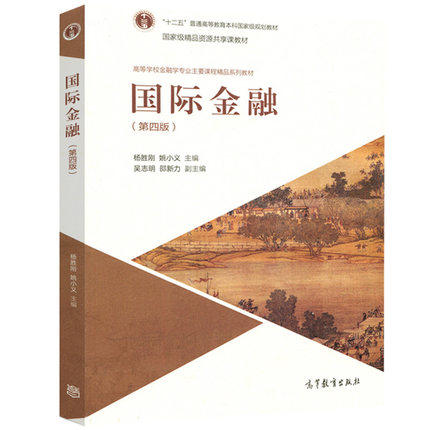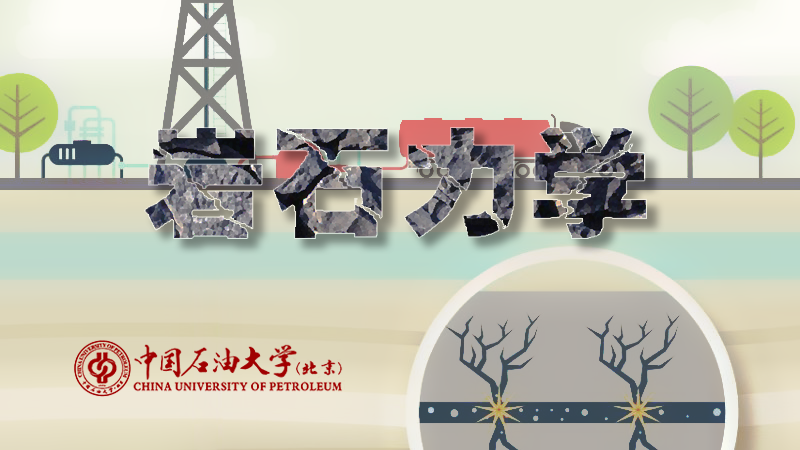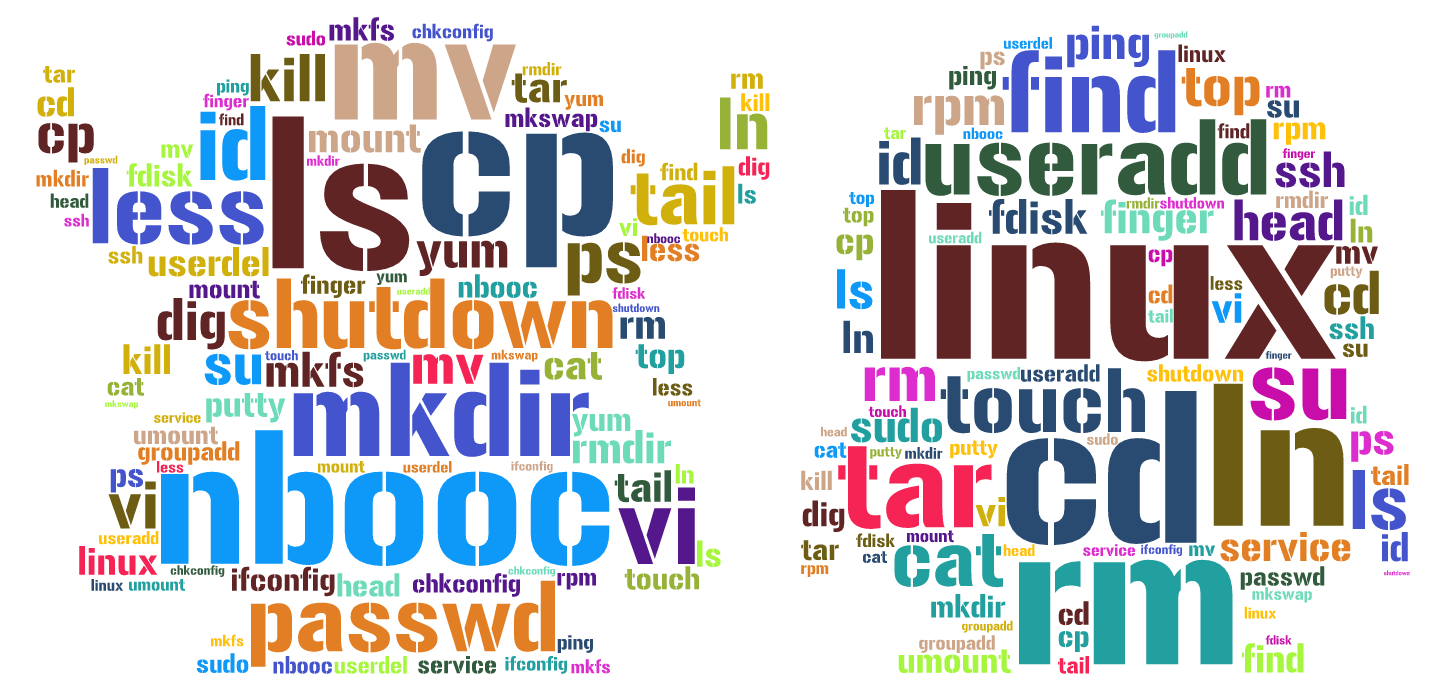
当前课程知识点:Culture and Tourism > Week 1: Cultural Tourism: Definitions and Concepts > 1.2 Cultural Heritage-1 > 1.2.4 Criterion(iii): bear a unique or at least exceptional testimony
返回《Culture and Tourism》慕课在线视频课程列表
返回《Culture and Tourism》慕课在线视频列表
在本节中,我将讨论标准(iii)。
这是相关的例子,
标准(三)对一种文化传统或一种现存的
或已消失的文明有独特或至少例外的证明;
在这一标准下,与标准(二)相反,
这一标准考虑的是过程- -文化传统,
通常在很长一段时间内,
界定了一个地缘文化地区的生活方式或文明。
界这些传统可能仍然是活的和充满活力的,
或可能已经萎缩,在这种情况下,证据是他们的纪念。
传统可能是建筑、空间规划或城市模式的方式。
或者,传统可能是无形的,
但有确切的有形结果-例如,岩石艺术图像
可以反映思想或文化传统的方面。
关键字是“特别的见证”。
证言是一种文化传统或文明的证据,
必须清楚地在指定财产中找到。
那么,文化传统或文明必须在
突出的普遍价值的背景下被理解。
它们必须表达“所有人类文化共有
或处理的具有普遍性质的问题”。
也就是说,文化传统或文明不能仅仅
与只对特定文化重要的问题相关。
一个文明通常可能会持续相当长的一段时间
才会有一个有组织的特征或统一的品质
才会进化出相对大量的人。
相对短命的社会、缺乏组织特征
或统一品质的群体或非常小的群体
不一定被视为文明。
我来举几个例子。
第一个例子是秦始皇陵,
它在1987年被列入名单。
这是第一个世界遗产组织。
这被列为中国的世界遗产。
因此,毫无疑问, 仍有成千上万的雕像有待发掘。
有待进一步发掘,
这个直到1974年才被完全发掘的遗迹。
中国第一个封建王朝。
秦始皇陵被著名的、可怕的武士们围绕着,
中心以一个复杂的镜面设计,
都城咸阳的城市规划。
小的图形都是不同的;他们的马、
战车和武器,是现实主义的杰作,
也具有重大的历史意义。
而且,你知道,根据标准(三),兵马俑是对
中国的军事组织和
对战国时期(公元前475-221年)
和短命的千代帝国的军事组织有独特的证明。
直接证据的对象发现在原地长矛,
剑,斧头,和不同种类的武器。
一组超现实主义雕塑作品的纪实价值,
没有任何细节被忽视。
首先,从这些雕像中所收集到的
关于陶工和铜匠的工艺
和技术的信息是不可估量的。
还有各种各样的,不仅适用于判据(三),而且适用于判据(四)。
秦始皇陵是我国现存规模最大的保存最完整的陵墓遗址。
它是一个独特的建筑群,
其布局与都城咸阳的城市规划相呼应,
故宫被城墙包围,
自己被其他城墙包围。
秦朝首都的选址成功之处在于
西安一直是
汉朝、隋朝、唐朝的中国缩影(中国)
秦始皇希望两者统一
全国只有一种文字系统,
并且阻止外族人
从任何地方对本国进行攻击,
死去的皇帝面向坟墓外面。
根据标准(vi),在秦始皇陵中,
秦始皇与一个具有普遍意义的事件有关:
一个绝对君主建立的中央集权国家
首次统一了中国领土在公元前221年,
第二个例子是澳门的历史中心。
澳门是一个利润丰厚的战略港口。
澳门在国际贸易发展中占有重要地位,
自16世纪中叶起一直处于葡萄牙的统治之下,直到1999年
才回到中国的统治之下。
历史悠久的街道、住宅、宗教和公共建筑,以及葡萄牙
和中国的建筑,使澳门的历史中心
独特见证了
东西方审美、文化、建筑和技术影响交汇。
遗址中还有一座堡垒和灯塔,
是中国最古老的,它见证了
国与西方之间最早和最持久的接触之一,
以贸易历史为基础的交易过程。
那么,我将在本节中
谈到的标准(iii)来描述澳门,
它独特地证明了西方与中国之间的首次和最持久的接触。
从16世纪到20世纪,
它是几个世纪以来商人和不同领域的中心。
标准(iv)中,澳门的一个杰出范例,
一个建筑框架诠释了
西方和中国文明之间相遇,
跨越了四个半世纪的交流,代表的历史路线,
与一系列的城市空间和建筑组团,
与葡萄牙的古代港口城市有着深刻的联系。
同时,这个遗址也符合(vi)
澳门一直与交流联系在一起,
各种文化、精神、科学和技术的
来自于东西方文明之间的交流。
这些思想直接推动了
中国的重大变革,最终结束了
封建帝制时代,建立了现代共和国。
我想说的是标准,
不仅是标准三,还有其他的标准
都试图在这部分和后面的部分之间建立联系。
-1.1 Introduction course outline and UNESCO World Heritage Program
--1.1.1 Introduction of culture and tourism course outline
--1.1.2 Introduction of UNESCO World Heritage Program(1)
--1.1.3 Introduction of UNESCO World Heritage Program(2)
-1.2 Cultural Heritage-1
--1.2.1 The meaning of culture heritage
--1.2.2 Criterion(i): masterpiece of human creative genius
--1.2.3 Criterion(ii): exhibit important interchange of human value
--1.2.4 Criterion(iii): bear a unique or at least exceptional testimony
--How can the public understand the importance of heritage?
-1.3 Cultural Heritage-2
--1.3.1 Criterion(iv): an outstanding example in human history
--1.3.2 Criterion(v): represent a culture or human interaction with environment
--1.3.3 Criterion(vi): associated with living traditions of outstanding universal significance
-1.4 Natural Heritage
--1.4.1 Natural heritage features, formations and criterions
--1.4.2 Cases studies of natural heritage
--Cultural landscape meanings: The case of West Lake, Hangzhou, China
--How to access heritage of your hometown?
-2.1 Mixed Culture and Natural Heritage
--2.1.1 Mixed heritage operational guidelines and cases (1)
--2.1.2 Mixed heritage operational guidelines and cases (2)
--2.1.3 Mixed heritage operational guidelines and cases(3)
-2.2 Authenticity, Integrity and Cultural Routes
--2.2.1 How to determine authenticity and integrity
--2.2.2 Heritage routes and heritage canals (1)
--2.2.3 Heritage routes and heritage canals (2)
--What do you think about cultural heritage categories?
-2.3 Special Heritage and Sustainable
--2.3.1 Physical remains of the history of technology and industry
--2.3.2 Transboundary Heritage, Serial Heritage, Serial/Transnational Heritage
--2.3.3 Intangible cultural heritage
--2.3.4 UNESCO World Heritage and Sustainable Tourism Programme
--Recovering the Memory of Ourselves for the Sustainable Cites
--Week 2 quiz
--What do you think about cultural heritage categories?
-3.1 The Australia’s Heritage System and Sydney Opera House
--3.1.1 The Australian Heritage System
--3.1.2 Case Study: The Sydney Opera House
-3.2 Role of the ISCCL and Cultural Landscape (1)
--3.2.2 Uluru-Kata Tjuta National Park
--3.2.3 Honghe Hani Rice Terraces
-3.3 Role of the ISCCL and Cultural Landscape (2)
--3.3.1 West Lake cultural landscape (1)
--3.3.2 West Lake cultural landscape (2)
-3.4 Rural Landscapes as Heritage
--3.4.1 ISCCL Principles Concerning Rural Landscapes as Heritage
-3.5 Case Study: Mongolian Altai
--3.5.1 Nature Culture Integration & the Mongolian Altai(1)
--3.5.2 Nature Culture Integration & the Mongolian Altai(2)
--Week 3 quiz
--Discussion: What do you think is the role of ISCCL?
-4.1 Introduction of the Meaning of 'landscape’
--4.1.1 Brief introduction of landscape and culture
--4.1.2 The conceptual framework of cultural landscape
-4.2 Landscape Values
--4.2.1 The word “landscape” itself and differences in Western, Eastern
--4.2.2 Cultural significance for heritage source
--Discussion: What do you think the cultural landscape attracts you?
-4.3 Reading the Landscape: Identification and Assessment
--4.3.1 Planning model for heritage conservation management policy
--4.3.2 Cultural landscape resources evaluation steps
--Article: Cultural mapping: Intangible values and engaging with communities with some reference to As
-4.4 Case Study: Wingecarribee Historic Landscape
--4.4.1 Case study:Wingecarribee historic landscape study(1)
--4.4.2 Case study:Wingecarribee historic landscape study(2)
--Week 4 quiz
--Discussion: What should we do to strengthen the protection of cultural landscape?
-5.1 Indigenous Tourism
--5.1.1 Indigenous tourism background
--5.1.2 World heritage and indigenous peoples
--5.1.3 Tourism issues at Canadian indigenous world heritage sites
--Discussion: What challenges indigenous World Heritage faces?
--Article: State conceptions of indigenous tourism in Chile
-5.2 Case Study and Conclusion: Great Expectations for Tourism
--5.2.1 Case study Pimachiowin Aki
--5.2.2 Conclusions:Great Expectations for Tourism
--Disussion: Do you have any experience of indigenous tourism?
--Week 5 quiz
-6.1 The Definition of Heritage in Heritage Performance Study
--6.1.1 The definition of heritage in heritage performance study
--6.1.2 Heritage performance and meaning making
--6.1.3 Two key issues emerging from qualitative study
-6.2 Heritage Performance - Evidence from Australia, England and USA
--6.2.1 Heritage performance - reinforcement
--6.2.2 Heritage Performance - inter-generational communication and social values
--6.2.3 Heritage performance - recognition and respect
--6.2.4 Heritage performance - education
--Article:Theorizing museum and heritage visiting
-6.3 The Conclusion of Heritage Performance
--6.3 The conclusion of heritage performance
--Week 6 quiz
--Discussion: What kinds of heritage performances have you learned in this week?


